Even in the Great Depression racing flourished in America. It was more local, more stock-based, but still creative and competitive. The backbone of Depression-era racing were the Sprint cars, lightweight, quick, rugged cars that could compete night after night on the bullrings that dotted America for starting and prize money and occasional points in season championships. It was “the show” that counted, coaxing nickels and dimes out of the pockets of spectators for whom inexpensive entertainment provided distraction from the depression of day-to-day reality. Fortunately, the craftsmen who had honed their skills in the Twenties adapted them to the realities of the Thirties. They built exceptionally pretty, fast and reliable cars that were economical to operate yet gave more thrills per dollar than any racecars before or since. An unknown builder built the example offered here sometime in the Thirties. Based upon a boxed rail frame, it is powered by a 1932 Ford Model B 4-cylinder block topped by a Winfield high compression cylinder head which retained the Model B’s side valve arrangement and breathes through a pair of Stromberg 97 carburetors on a Burns aluminum intake manifold. The stock displacement 200.5 cubic inch Ford-based engine makes 85 horsepower at 4,200 rpm. A Ford Model A 3-speed transmission takes its power through a Model A clutch and sends it via a modified drive shaft to a stock Ford Model A rear axle housing with a Weiland quick-change center section. The suspension uses the standard Ford transverse leaf spring layout and Houdaille lever shocks. The front axle is “suicide” type with the spring and front axle mounted ahead of the front frame crossmember and uses split trailing arms with reworked inner ends. 1935 Ford 16” wire wheels carry the speedway-style tires. This car was raced on the East Coast throughout its early career and was then restored for road racing. After a period of ownership by the then-President of the Vintage Sports Car Club of America it was museum displayed for about five years until it was acquired by the present owner who was looking for an historic, period-built sprint car to use in West Coast historic events. One of his specific requirements was that the car has a self-starter, a criterion that this car meets. It also has an electric fuel pump although the original hand pump is still installed for those who relish the challenge of remembering to pump air into the fuel tank regularly. Like all its contemporaries it has mechanically operated drum brakes on the rear wheels only. Since its acquisition it has been gone through to ensure it is ready for historic racing. The steering box was reconditioned and tightened up. It was raced early this year at the Wine Country Classic at Infineon Raceway (better known by those old enough to remember the snarl of a vintage Model B-powered sprint car as “Sears Point”) where the owner reports he “passed a couple of Bugattis” on the way to a credible and enjoyable finish. This vintage sprinter is nicely restored in Red with Yellow wire wheels and a Black interior, has a lovely vintage-style 4-spoke thick rim steering wheel and booming chrome exhaust pipe down the right side with a very desirable heat shield to protect the driver’s arm on right-hand road course turns. The owner is very satisfied with its presentation, noting that it is an older restoration now with a patina that is appropriate to its historic racing use on both coasts. It has a current CSRG logbook and is ready for vintage racing on road courses and in the increasingly popular vintage oval racing events.
Even in the Great Depression racing flourished in America. It was more local, more stock-based, but still creative and competitive. The backbone of Depression-era racing were the Sprint cars, lightweight, quick, rugged cars that could compete night after night on the bullrings that dotted America for starting and prize money and occasional points in season championships. It was “the show” that counted, coaxing nickels and dimes out of the pockets of spectators for whom inexpensive entertainment provided distraction from the depression of day-to-day reality. Fortunately, the craftsmen who had honed their skills in the Twenties adapted them to the realities of the Thirties. They built exceptionally pretty, fast and reliable cars that were economical to operate yet gave more thrills per dollar than any racecars before or since. An unknown builder built the example offered here sometime in the Thirties. Based upon a boxed rail frame, it is powered by a 1932 Ford Model B 4-cylinder block topped by a Winfield high compression cylinder head which retained the Model B’s side valve arrangement and breathes through a pair of Stromberg 97 carburetors on a Burns aluminum intake manifold. The stock displacement 200.5 cubic inch Ford-based engine makes 85 horsepower at 4,200 rpm. A Ford Model A 3-speed transmission takes its power through a Model A clutch and sends it via a modified drive shaft to a stock Ford Model A rear axle housing with a Weiland quick-change center section. The suspension uses the standard Ford transverse leaf spring layout and Houdaille lever shocks. The front axle is “suicide” type with the spring and front axle mounted ahead of the front frame crossmember and uses split trailing arms with reworked inner ends. 1935 Ford 16” wire wheels carry the speedway-style tires. This car was raced on the East Coast throughout its early career and was then restored for road racing. After a period of ownership by the then-President of the Vintage Sports Car Club of America it was museum displayed for about five years until it was acquired by the present owner who was looking for an historic, period-built sprint car to use in West Coast historic events. One of his specific requirements was that the car has a self-starter, a criterion that this car meets. It also has an electric fuel pump although the original hand pump is still installed for those who relish the challenge of remembering to pump air into the fuel tank regularly. Like all its contemporaries it has mechanically operated drum brakes on the rear wheels only. Since its acquisition it has been gone through to ensure it is ready for historic racing. The steering box was reconditioned and tightened up. It was raced early this year at the Wine Country Classic at Infineon Raceway (better known by those old enough to remember the snarl of a vintage Model B-powered sprint car as “Sears Point”) where the owner reports he “passed a couple of Bugattis” on the way to a credible and enjoyable finish. This vintage sprinter is nicely restored in Red with Yellow wire wheels and a Black interior, has a lovely vintage-style 4-spoke thick rim steering wheel and booming chrome exhaust pipe down the right side with a very desirable heat shield to protect the driver’s arm on right-hand road course turns. The owner is very satisfied with its presentation, noting that it is an older restoration now with a patina that is appropriate to its historic racing use on both coasts. It has a current CSRG logbook and is ready for vintage racing on road courses and in the increasingly popular vintage oval racing events.

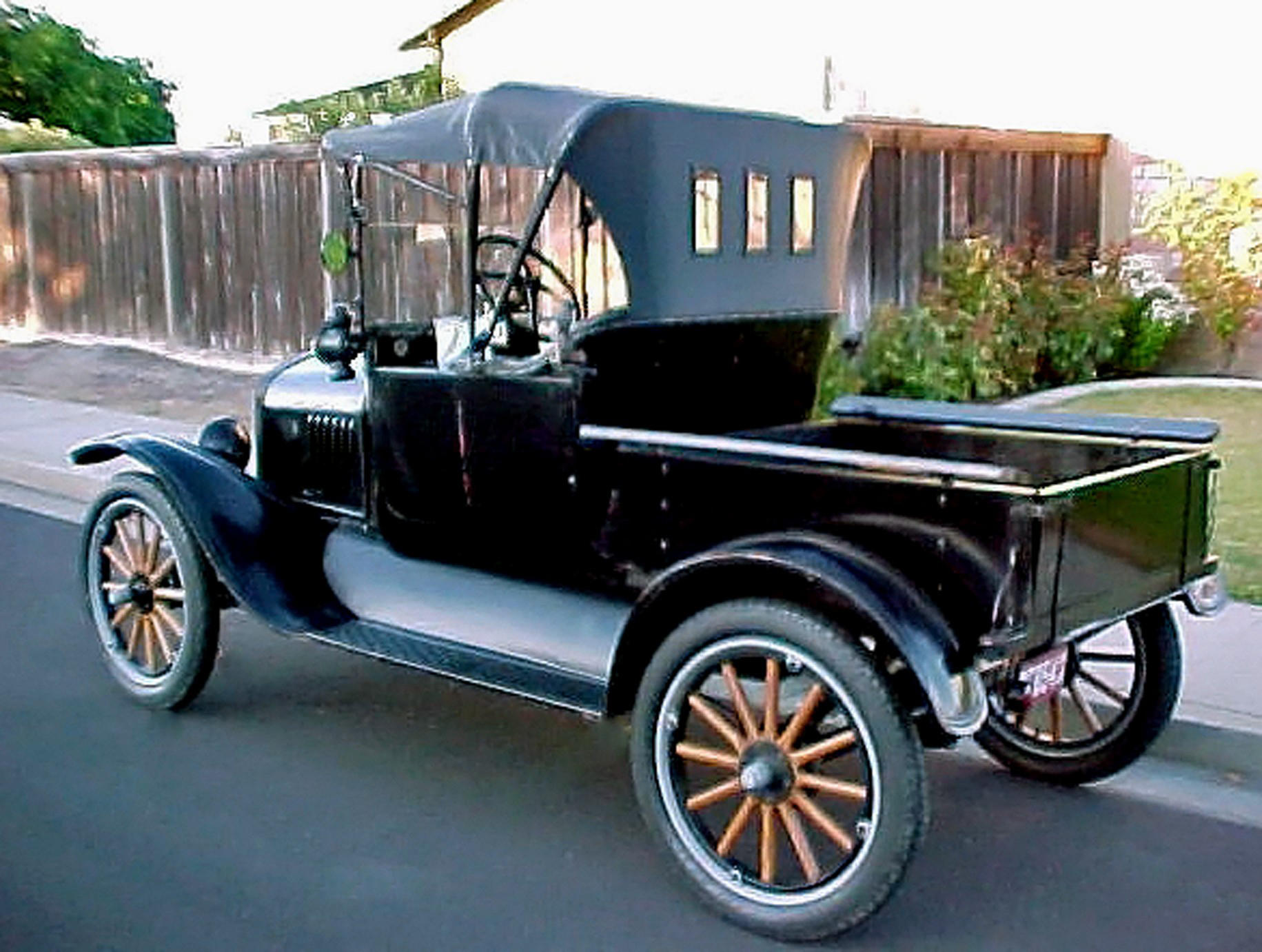
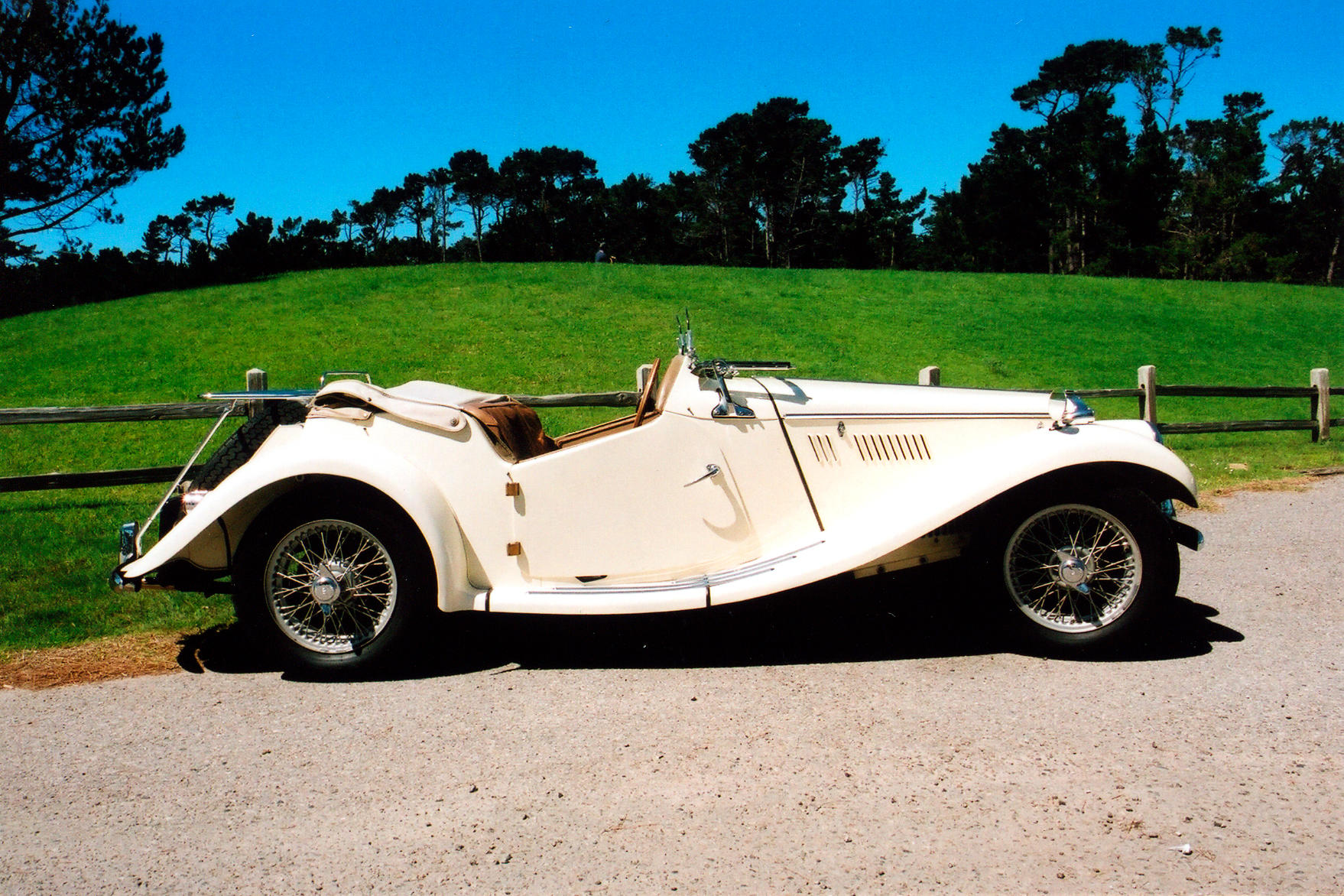
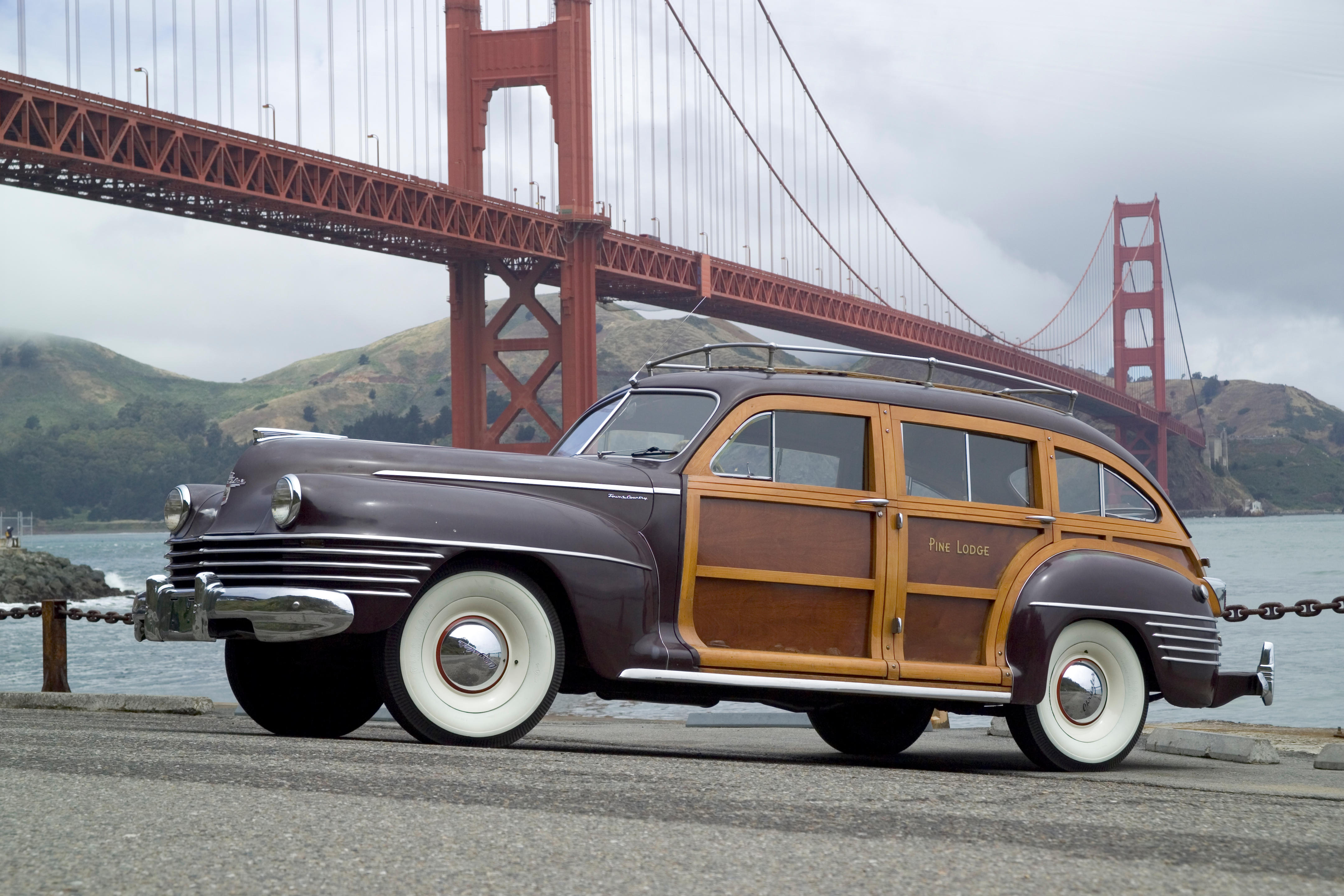
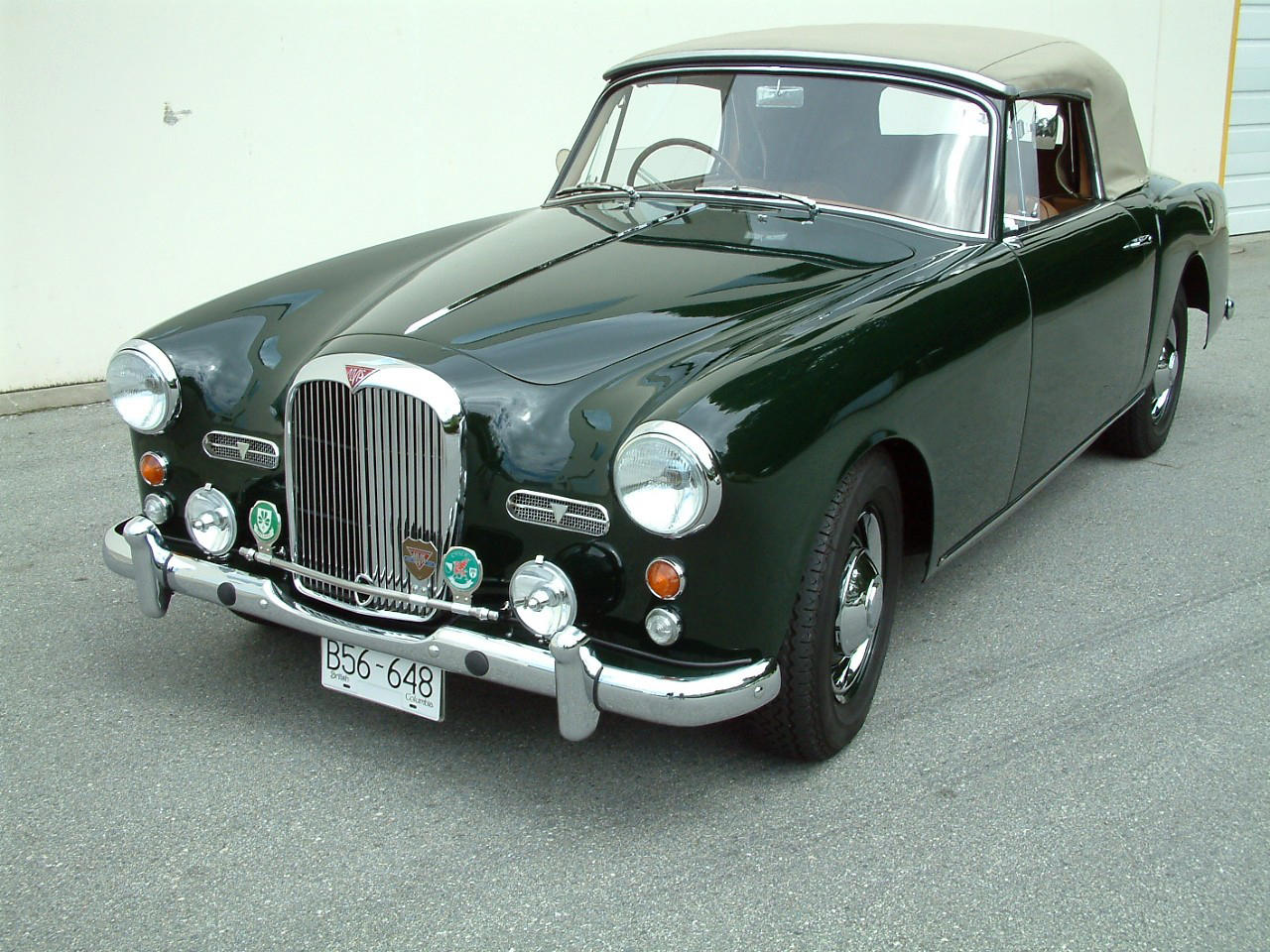
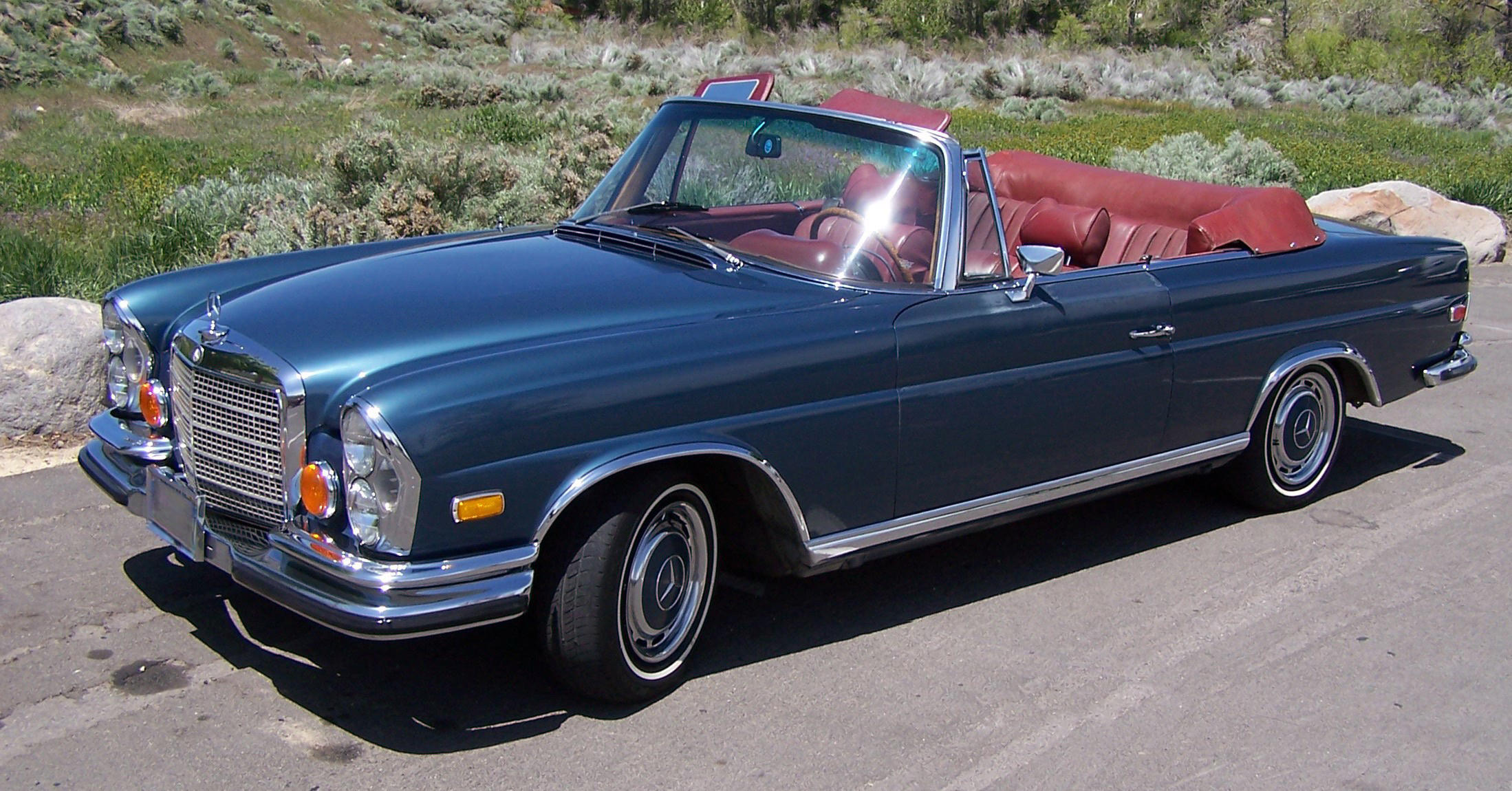


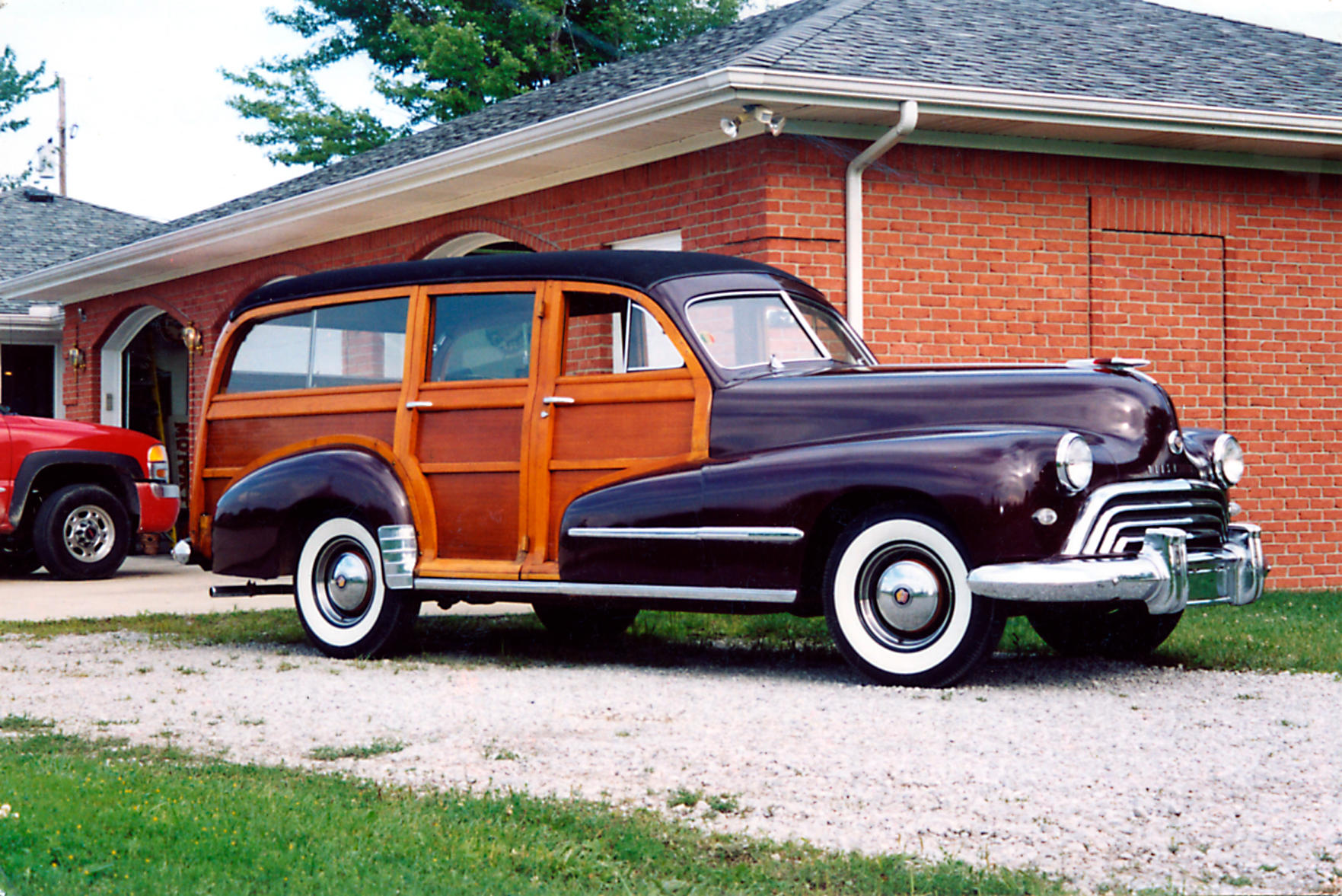
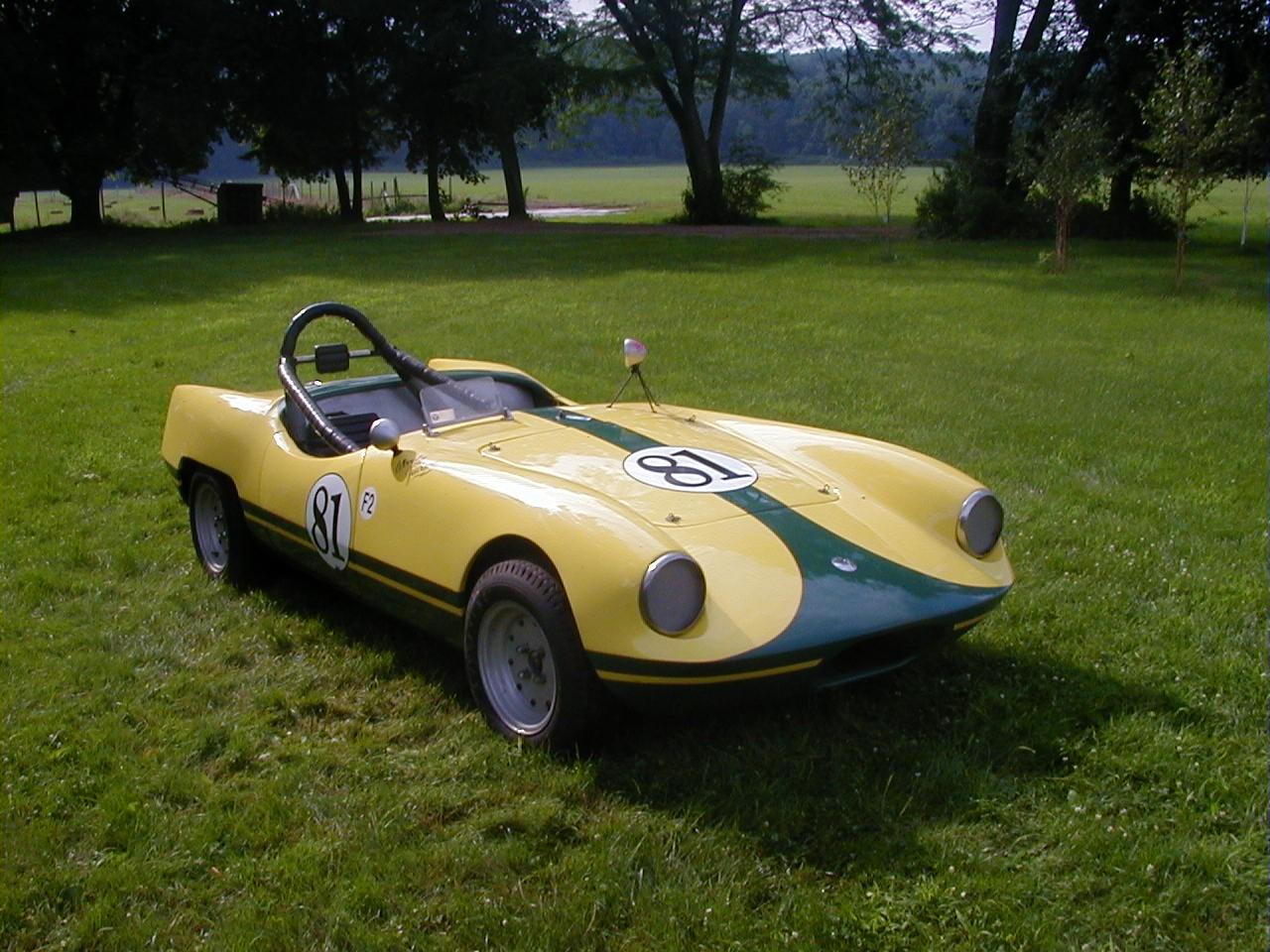
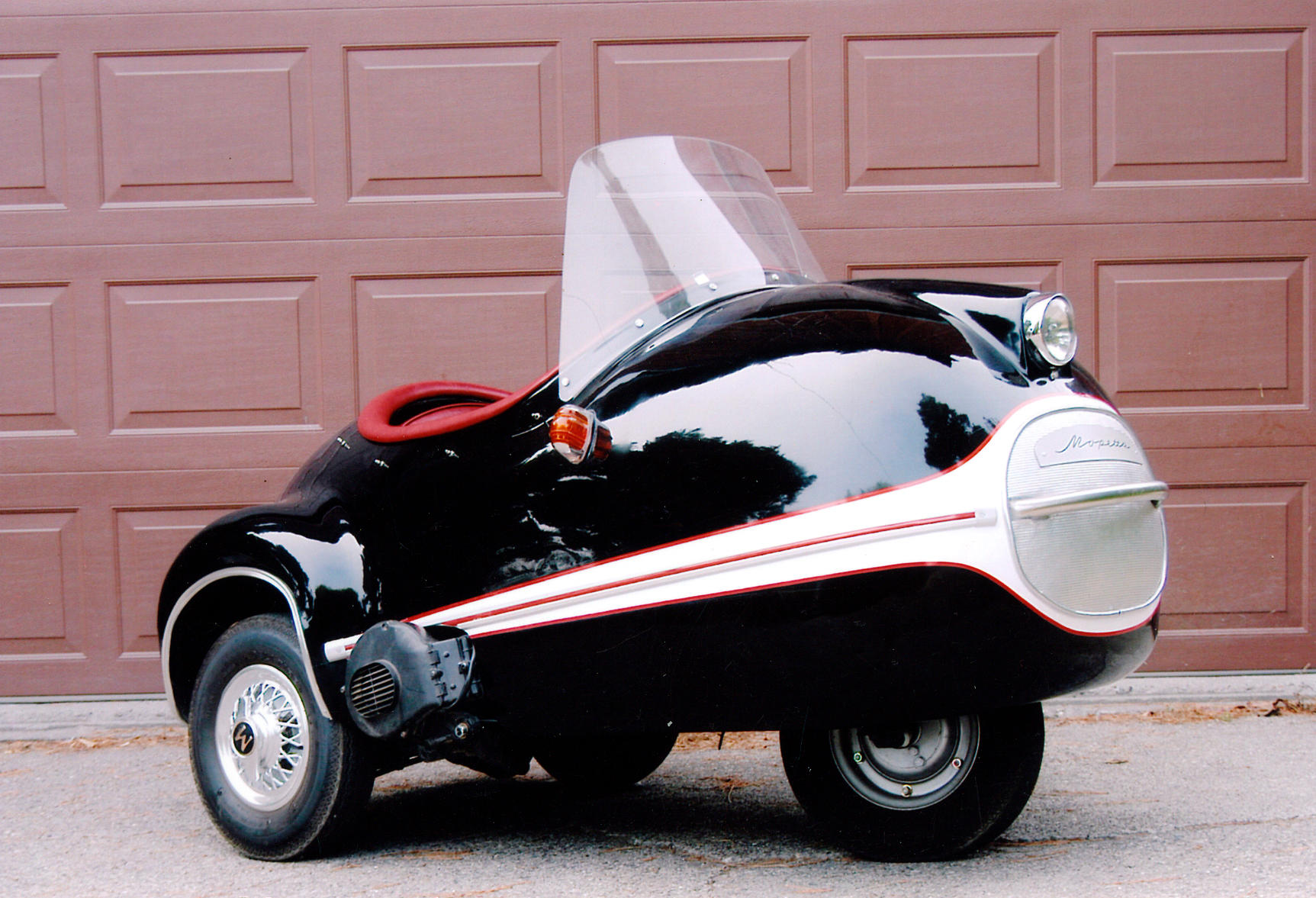
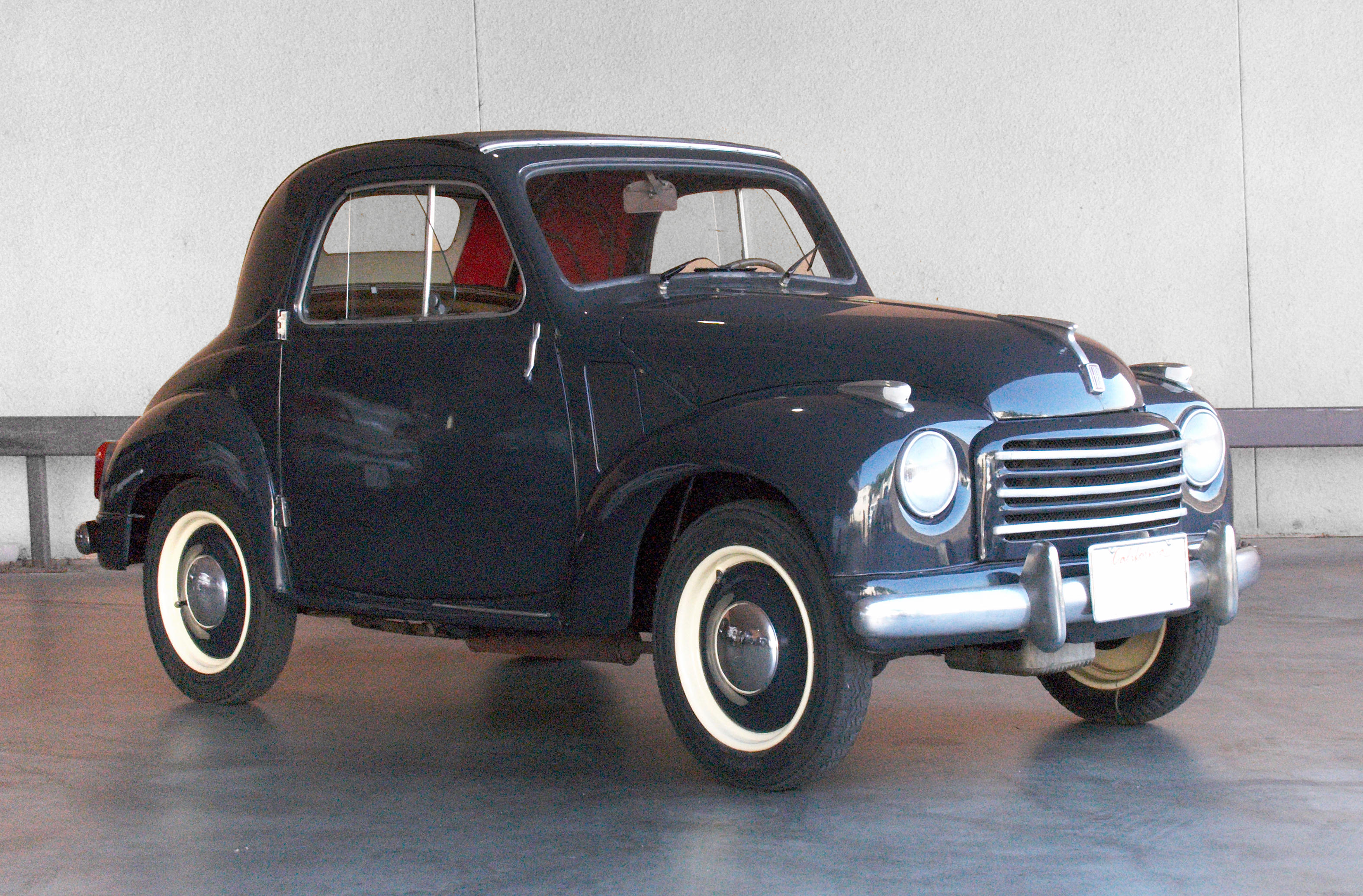
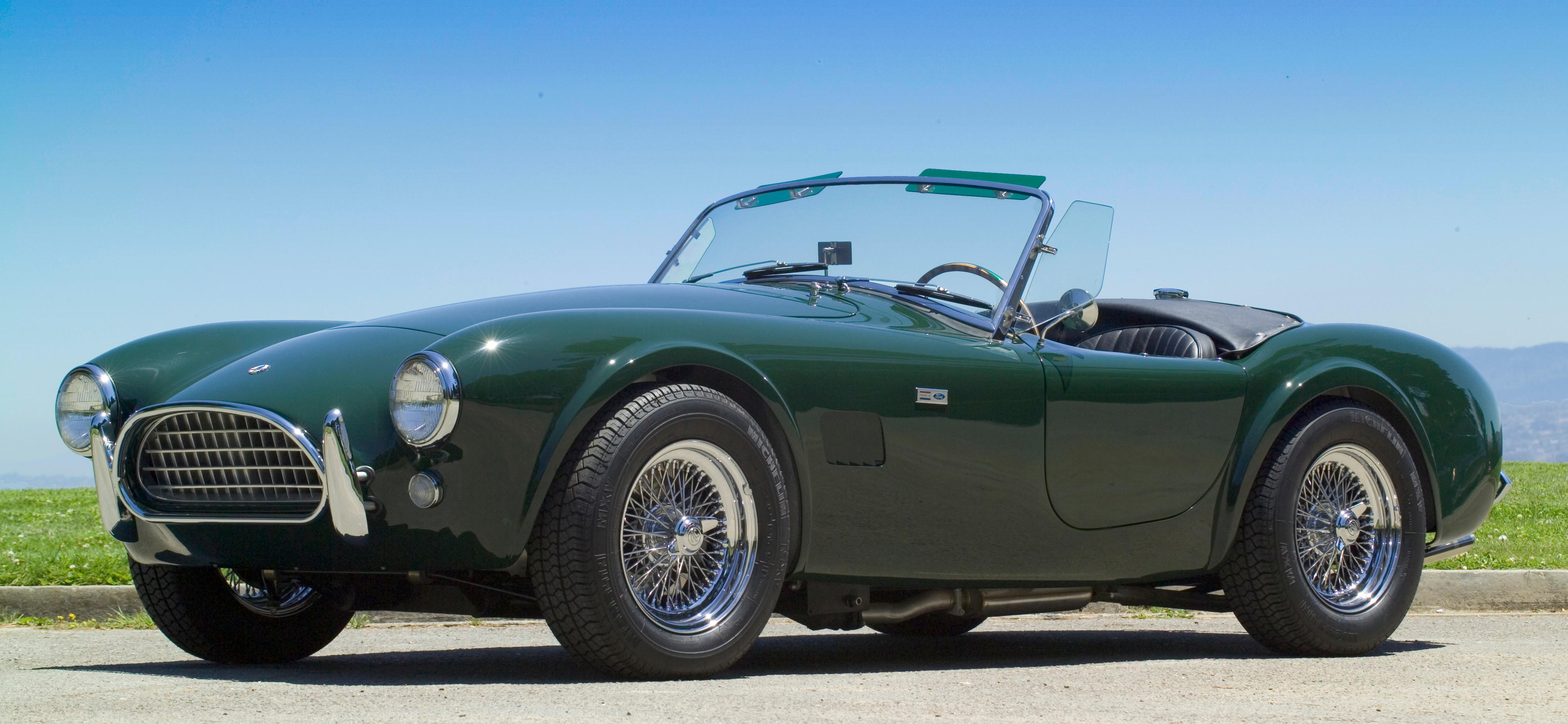
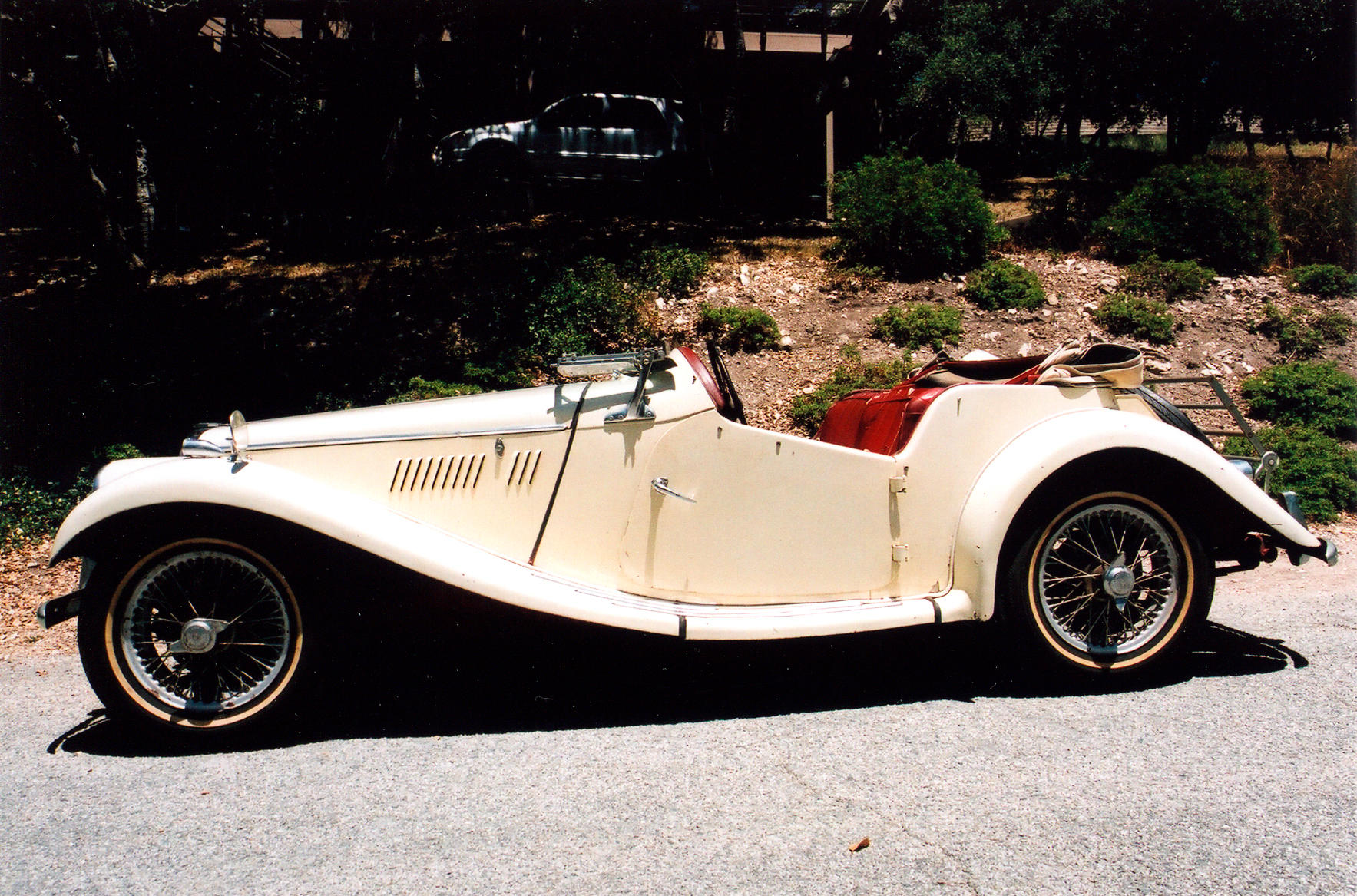
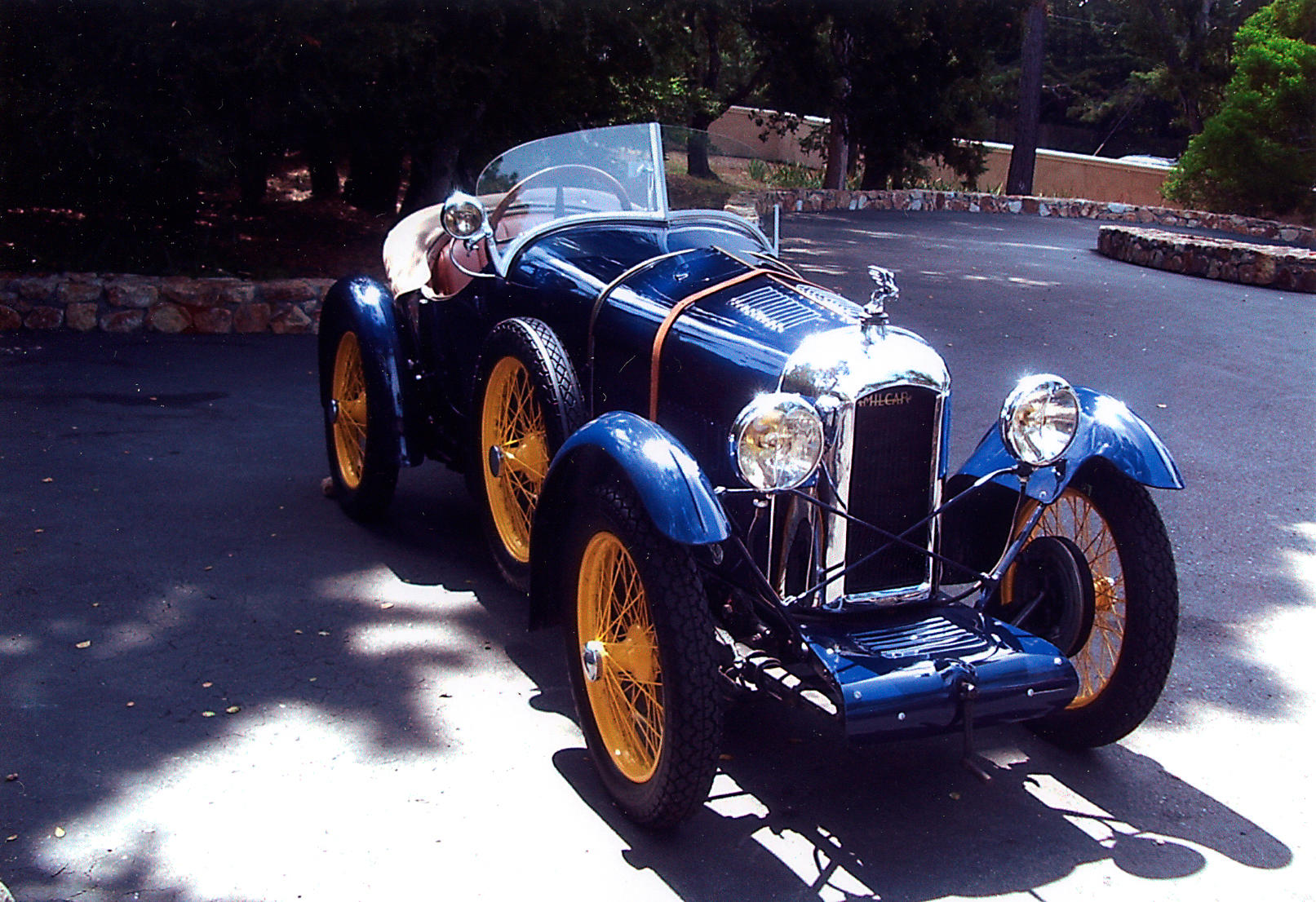
Try LotSearch and its premium features for 7 days - without any costs!
Be notified automatically about new items in upcoming auctions.
Create an alert